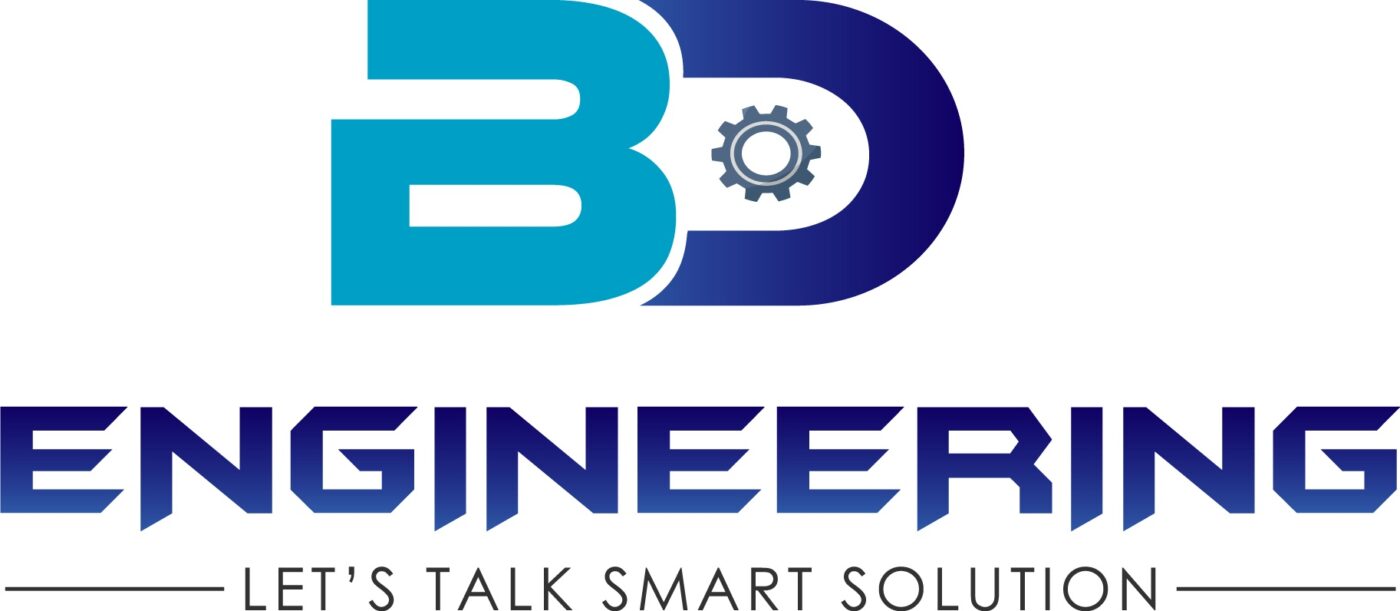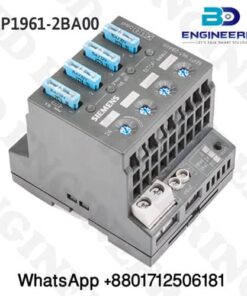DC-SMPS Power supply repair-Maintenance service in BD
We also provide professional PLC repair service, HMI repair service, VFD/INVERTER repair service, and other industrial machine parts repair services. Repairing and maintaining DC Switched-Mode Power Supplies (SMPS) requires a good understanding of electronics, safety procedures, and the specific design of the power supply. Here’s a detailed guide on how to approach the repair and maintenance of DC-SMPS power supplies:
Safety First:
- Unplug and Discharge: Always unplug the power supply and ensure that all capacitors are fully discharged before beginning any repair work.
- Use Protective Gear: Wear insulating gloves and safety glasses to protect yourself from electric shock and accidental debris.
- Work in a Safe Area: Use a well-ventilated workspace with proper lighting and a non-conductive work surface.
Tools and Equipment Needed:
- Multimeter
- Oscilloscope
- Soldering iron and solder
- Desoldering pump or braid
- Screwdrivers and pliers
- Replacement components (capacitors, resistors, transistors, ICs, etc.)
- Insulation resistance tester
Common Issues and Solutions:
1. Trableshooting of Power Supply
- Check Fuse: Inspect and replace the fuse if blown.
- Inspect Input Stage: Check for damaged input rectifiers, varistors, and filtering capacitors.
- Primary Side Switches: Test the switching transistors or MOSFETs for short circuits or open circuits.
2. Output Voltage Issues
- Incorrect Voltage: Check the output filter capacitors for signs of bulging or leakage and replace them.
- No Output: Inspect the secondary side rectifiers and switching transistors. Test the output stage components.
- Unstable Output: Verify the feedback loop components including optocouplers and feedback resistors.
3. Overheating
- Inspect Heatsinks: Ensure all heatsinks are securely attached and thermal paste is applied properly.
- Check Ventilation: Make sure the ventilation holes are not blocked and the fan (if present) is working correctly.
- Thermal Protection: Test the thermal protection circuit and temperature sensors.
Maintenance Tips:
- Visual Inspection: Regularly check for any signs of burnt components, bulging capacitors, or loose connections.
- Cleaning: Clean the power supply to remove dust and debris which can cause overheating or short circuits.
- Component Testing: Periodically test key components such as capacitors, diodes, and transistors for degradation.
Testing and Calibration Procedure:
- Load Testing: Test the power supply under various loads to ensure stable operation.
- Output Voltage Calibration: Adjust the output voltage to ensure it matches the specifications.
- Thermal Testing: Use a thermal camera to check for hotspots and ensure components are operating within safe temperature ranges.
Repair Procedure Example of Step-by-Step Repair of a Dead SMPS:
- Initial Inspection: Check the fuse, input components, and visually inspect for obvious damage.
- Testing Components: Use a multimeter to test diodes, transistors, and capacitors on the primary side.
- Replace Faulty Components: Desolder and replace any faulty components found during testing.
- Check Output Stage: If the primary side is fine, move to the secondary side and test rectifiers, capacitors, and output transistors.
- Reassemble and Test: After replacing faulty components, reassemble the power supply and perform a thorough test under load conditions.
Professional Repair Services:
- Diagnostic Tools: Advanced diagnostic tools to quickly identify issues.
- Replacement Parts: Access to high-quality replacement components.
- Expertise: Experienced technicians with knowledge of various SMPS designs and common failures.
- Warranty: Warranty on repairs to ensure reliability and peace of mind.
For detailed manuals, schematics, and repair guides specific to your DC-SMPS model, refer to the manufacturer’s documentation or technical support resources. Always follow the manufacturer’s guidelines and safety instructions to prevent damage and ensure safe operation.





